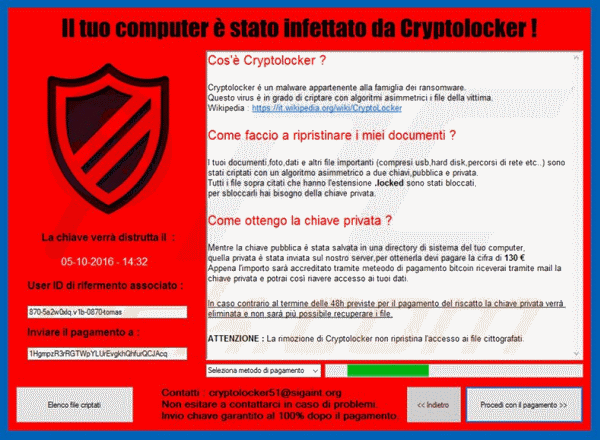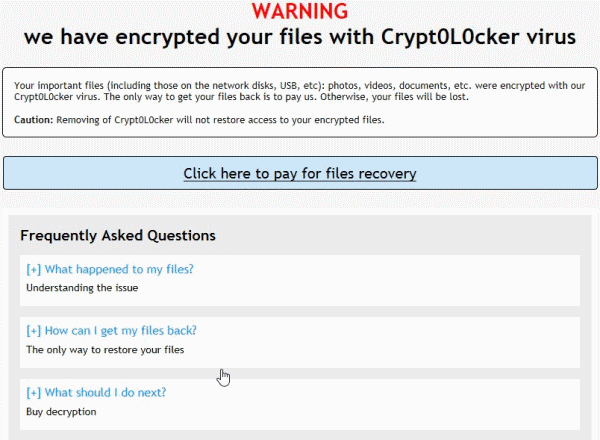
All this happens without the user’s knowledge, which is why it’s often referred to as a drive-by-download. The iframe redirects to an exploit landing page, and malicious code attacks the system from the landing page via exploit kit. Often, that malware is ransomware. Malvertising often uses an infected iframe, or invisible webpage element, to do its work. These servers catalog details about victim computers and their locations, and then select the malware best suited to deliver. While browsing the web, even legitimate sites, users can be directed to criminal servers without ever clicking on an ad. Malvertising, or malicious advertising, is the use of online advertising to distribute malware with little to no user interaction required.


The earliest variants of ransomware were developed in the late 1980s, and payment was to be sent via snail mail. While some people might think "a virus locked my computer," ransomware would typically be classified as a different form of malware than a virus. Ransom malware, or ransomware, is a type of malware that prevents users from accessing their system or personal files and demands ransom payment in order to regain access. Make sure your device is protected from ransomware.Įxplore home products What is ransomware? Ransomware definition

Don't let ransomware take over your device


 0 kommentar(er)
0 kommentar(er)
